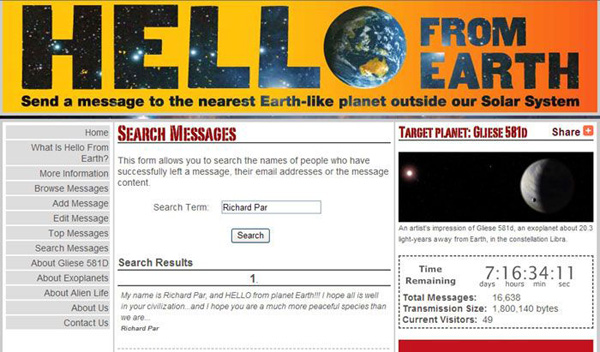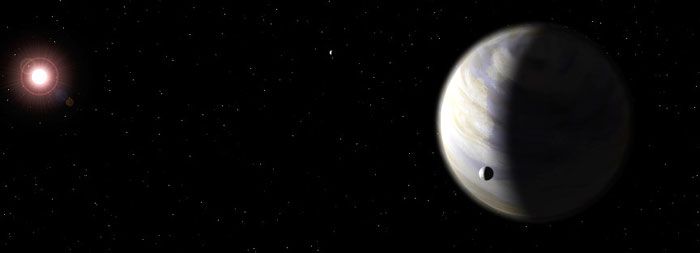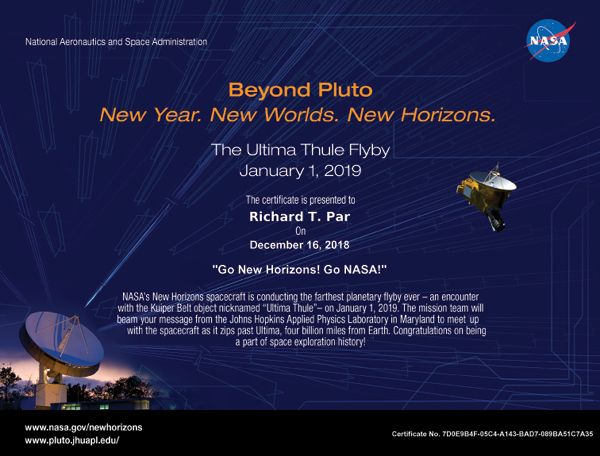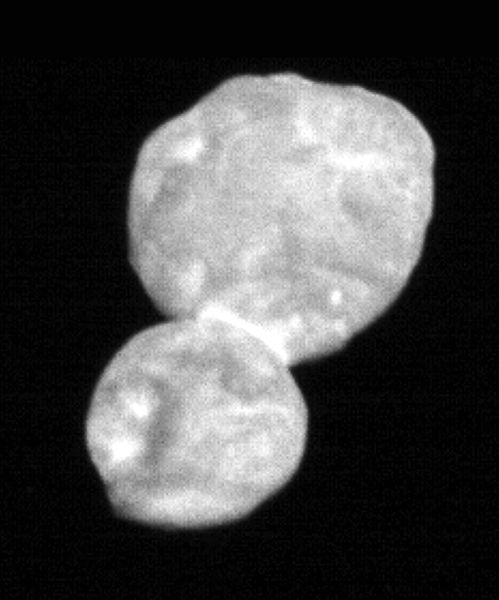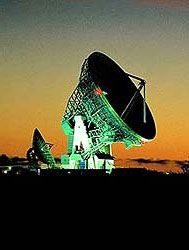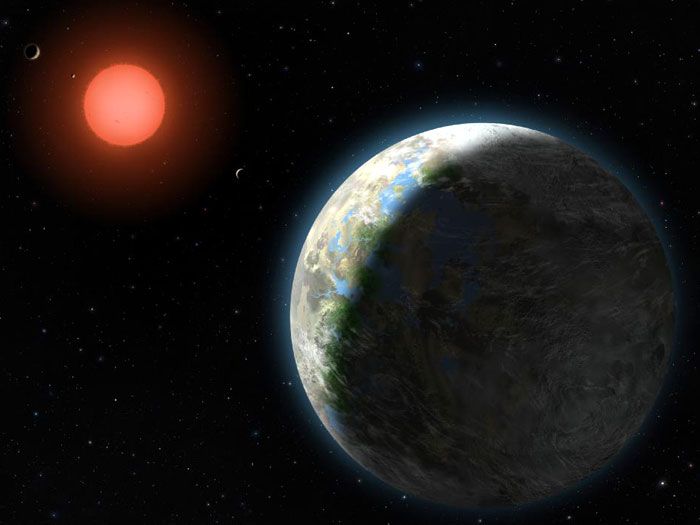
Earlier today, the National Academies of Sciences, Engineering and Medicine (NASEM) released the long-awaited Solar and Space Physics Decadal Survey...a report that recommended to NASA what type of heliophysics-centric mission the agency should undertake over the next 10 years.
The decadal survey proposed that NASA conduct two flagship-class missions: Links, a satellite constellation that consisted of over two dozen spacecraft flying in different orbits to study Earth's magnetosphere, and the Solar Polar Orbiter—a mission that would see a robotic probe orbiting the Sun's polar regions to observe them from above.
What the decadal survey didn't recommend was an ambitious mission that I've been enthusiastically posting about since early 2021: the Interstellar Probe (IP).
Just like what happened when the Trident Neptune-Triton flyby mission was rejected by NASA in early 2021 in favor of two Venus-bound spacecraft, I'm absolutely disappointed that the Interstellar Probe will not see the light of day. At least within the next decade or so, and in the type of mission profile that the Johns Hopkins University Applied Physics Laboratory—who NASA paid $4 million to study the feasibility of this project and would've built the IP spacecraft itself—proposed in its Mission Concept Report three years ago.
If you've been reading this Blog since at least September of 2005 (stop smirking), you'll know just how eager I am to see NASA develop another Pioneer/Voyager/New Horizons-type mission that will fly to the outer Solar System and beyond. Obviously, I was very excited to see what kind of scientific discoveries IP would make during a 15-year journey to interstellar space (on a mission that was designed to last up to 50 years), but it was the dream of putting my name on the spacecraft in a potential public outreach campaign (like what was done with New Horizons back in 2005—when over 430,000 people submitted their names online to be flown on a compact disc aboard the Pluto-bound explorer) that enthralled me about this endeavor.
I got to send a message via radio signal to the exoplanet Gliese 581d courtesy of the Hello From Earth campaign in 2009, but to have my name on an actual spacecraft and not in an energy wave traveling through the Milky Way galaxy some day was obviously a more wondrous scenario.
What makes me especially annoyed about this new decadal survey is that the Solar Polar Orbiter is basically a rehash of the NASA and European Space Agency's Ulysses mission which launched in 1990 and studied the Sun till 2008. Unlike Ulysses, however, the Solar Polar Orbiter would be equipped with cameras to photograph the northern and southern regions of our host star.
Big whoop. What's that compared to potentially capturing an image of our entire Solar System from beyond the heliosphere courtesy of the Interstellar Probe?
Seeing as how NASEM wanted NASA to focus on the near-Earth space environment and how solar activity affected it, it's clearly obvious that the decadal survey was influenced by this year's geomagnetic storms that caused auroras to be visible around much of the globe. This is similar to how the 2020 discovery of phosphine in Venus' atmosphere ultimately caused Trident to be rejected in favor of the VERITAS and DAVINCI missions...which NASA doesn't even care to launch to the Evening Star till sometime next decade.
(Trident would've lifted off for Neptune either next year or 2026 had NASA approved it as its next Discovery-class mission.)
Well... It's clearly obvious that the Universe doesn't really want me to put my moniker on a New Horizons-type spacecraft anytime soon. I guess I'll just have to stick with submitting my name to fly on missions within our Solar System instead.
But one thing is certain: I can have a virtual presence on over a hundred spacecraft venturing to destinations as close as Venus (courtesy of Akatsuki) and worlds as distant as Saturn (through Cassini) in our Solar System, and these missions will never make up for me missing out on New Horizons...or having the dream opportunity that is the Interstellar Probe taken from me and everyone else who are enamored by the idea of having their name attached to a manmade object drifting through the cosmos.
Happy Thursday.
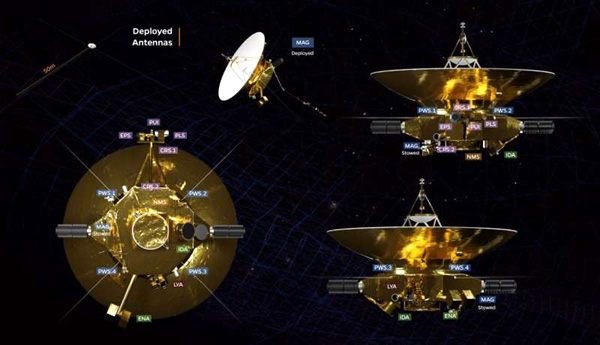
Johns Hopkins University Applied Physics Laboratory

Johns Hopkins University Applied Physics Laboratory
So @theNASEM's Heliophysics Decadal Survey is out... The survey recommends near-Earth solar-monitoring missions but apparently not the Interstellar Probe...which is a shame considering that Voyager 1 may be in its final years of operation.https://t.co/k4Q1LioCX2 pic.twitter.com/HEe77m3Y7i
— Rich Par (@AstroPnoy) December 5, 2024
I guess all the talk about SLS being cancelled (when this was the launch vehicle mentioned in @JHUAPL's report on Interstellar Probe) made @TheNASEM hesitant about recommending this project.
— Rich Par (@AstroPnoy) December 5, 2024
Like what happened with JHUAPL's Neptune Odyssey in the 2022 Decadal Survey. pic.twitter.com/acBDrHlsjH


